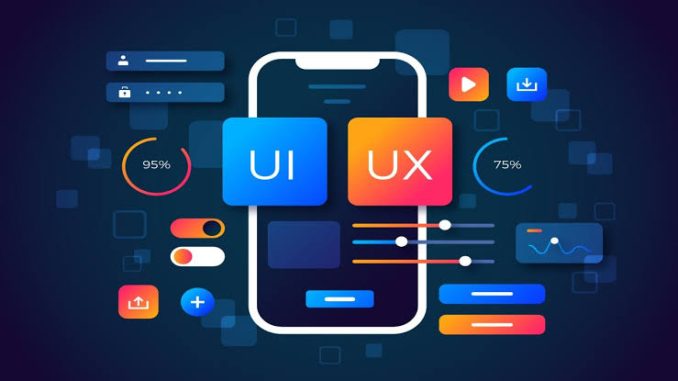
In the fast-evolving digital world, user interface (UI) and user experience (UX) design have become critical to product success. As businesses race to launch innovative apps and platforms, AI-powered design tools are transforming how UI/UX designers work. These tools are not only speeding up workflows but also enhancing creativity, precision, and consistency. Let’s explore the top AI design tools for UI/UX and why they’re a game-changer in 2025.
What Are AI Design Tools?
AI design tools use artificial intelligence, machine learning, and deep learning to assist designers in creating intuitive and aesthetically pleasing interfaces. These tools can automate repetitive tasks, suggest design improvements, analyze user behavior, and even generate complete design prototypes based on inputs.
Benefits of Using AI in UI/UX Design
1. Faster Prototyping
AI can instantly generate wireframes, mockups, and responsive layouts from sketches or prompts, reducing the time spent on manual design.
2. Smart Suggestions
AI tools offer layout optimization, color palette recommendations, and typography suggestions based on real-world trends and user behavior data.
3. Personalized User Experience
AI analyzes user data to help designers create dynamic interfaces that adapt to user preferences, improving engagement and retention.
4. Accessibility Improvements
AI can identify design flaws that impact accessibility and suggest changes, making products more inclusive.
5. Data-Driven Decisions
AI design tools analyze heatmaps, click data, and session recordings to help UX designers make informed decisions.
Top AI UI/UX Design Tools in 2025
1. Uizard
Uizard lets you turn hand-drawn sketches or text descriptions into fully functional UI designs. It’s perfect for quick mockups and MVPs.
2. Framer AI
Framer combines design and development with AI assistance. It can auto-generate pages, layouts, and animations based on your goals.
3. Figma AI Plugins
Figma now features several AI plugins like Magician and Autoname that automate layer naming, content generation, and layout organization.
4. Galileo AI
Just type a design prompt, and Galileo creates a complete, high-quality UI design. It’s trained on thousands of real product designs.
5. Visily
Visily converts low-fidelity mockups into high-fidelity UI designs, making it ideal for non-designers and startups.
Is AI Replacing UI/UX Designers?
Absolutely not. AI is here to enhance, not replace, human creativity. It handles the repetitive or analytical parts of the process, freeing designers to focus on innovation, empathy, and storytelling—areas where humans still outperform machines.
Conclusion
In 2025, AI-powered UI/UX design tools are no longer optional—they’re essential. They boost productivity, reduce costs, and help teams deliver better user experiences faster than ever before. Whether you’re a solo designer, a startup, or an enterprise product team, adopting AI tools can take your design process to the next level.

Leave a Reply